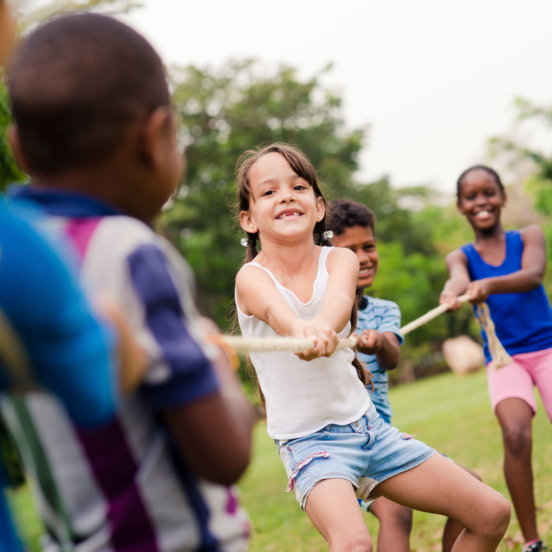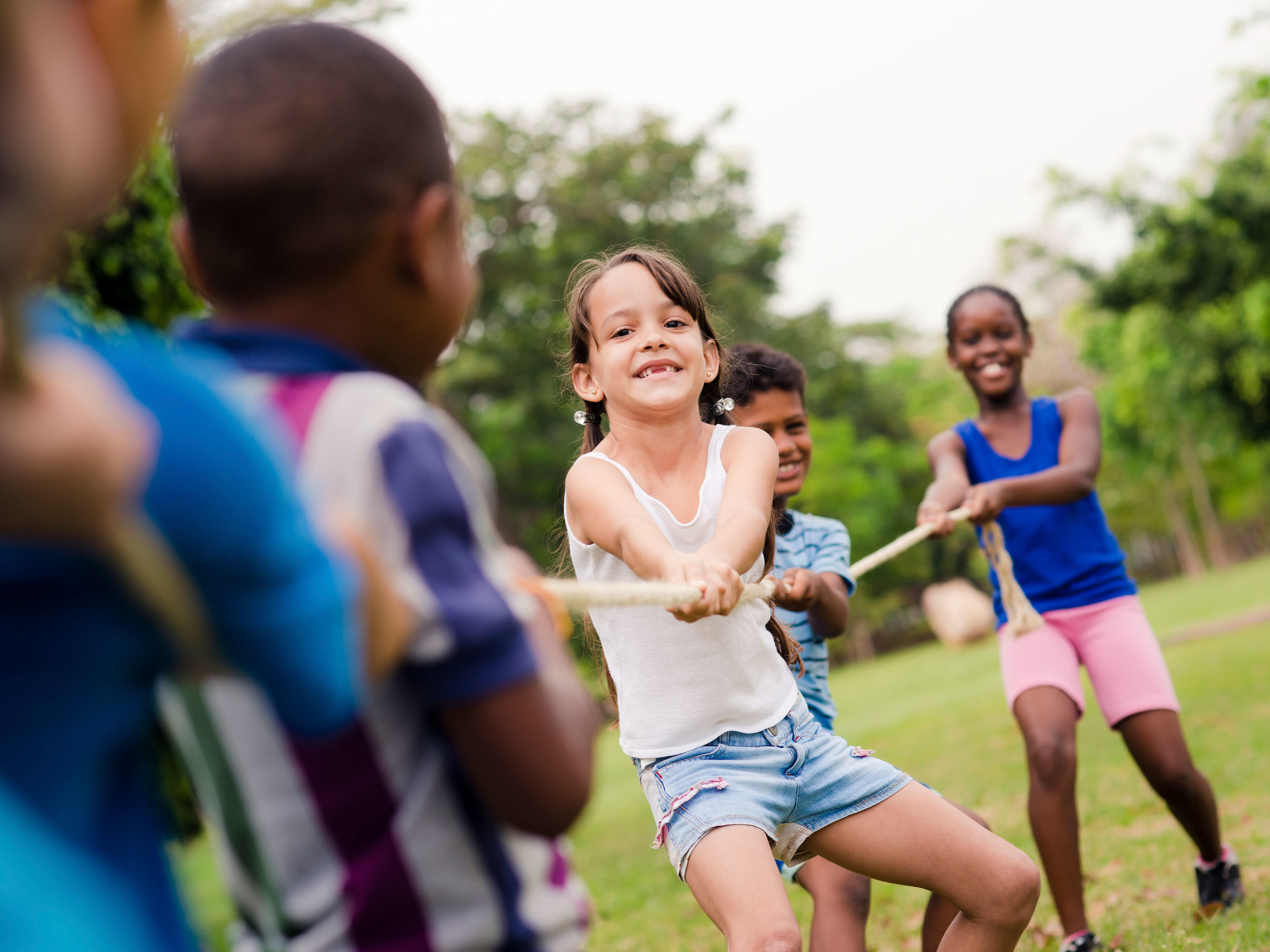Issue Insights
When School’s Out for the Summer, is it All Fun and Games?
July 18, 2016

With summer vacation in full swing, American traditions take center stage – a splash in a pool; a dribble of a basketball on the concrete; a camp cheer echoing through the evening air. Ah, the sounds of summer.
It is also a time to expand the imaginations of children- from taking a trip to a local museum or attending a science camp where they explore organisms at a microscopic level. In these moments, children are learning outside of the structured school-day and discovering a potential or a passion that they have yet to tap into.
Unfortunately, when the school doors close for the summer, far too many children and families experience worry instead of joy. Lack of access and resources are the key drivers. Without them, opportunities for a regular meal delivered during school hours can disappear and the ability to keep pace with more affluent peers is a struggle. Consider:
- During the 2014-2015 academic year, 11.7 million low-income children ate their first morning meal at school through the national breakfast program, according to the Food Research & Action Center.
- 22 million American children receive a free or reduced-price lunch each school year through USDA’s National School Lunch Program.
- By comparison, the summer meal programs served 2.6 million children during peak participation in July 2015, which means six out of seven students who receive free or reduced-priced lunches have trouble accessing summer meals.
- Children in low-income households lose about two to three months of learning in reading and math during the summer months, as they lack access to educational outlets during vacation.
Now, think back to the students going off to science camp for a week and how they will be reading about ecosystems and using math and science skills to convert ounces to milliliters for chemicals used to create their very own flubber. These students who receive ongoing intellectual and mental stimulation are more likely to retain the academic gains made during the previous school year.
Most of the children in low-income families simply cannot afford experiences like this because of the high cost of summer programs. Some parents reported that they were planning to spend $958 per child on summer expenses alone, while other parents were simply planning to somehow pay their bills.
The academic loss that happens over the summer (termed the summer slide) is also cumulative, with these learning losses building up each year. By fifth grade, summer learning loss can leave low-income students two and a half to three years behind their peers. Furthermore, the lack of access to adequate nutrition for children and teens has been linked to poor academic performance.
As a communications agency working extensively in the health and education sectors we see first-hand the hard work being done every day to help address the needs of these children and families. We also understand that too often these issues are discussed in isolation even when we are often talking about the same children. Those who are hungry, struggling to meet the academic goals for their grade, chronically absent and/or presenting significant behavioral challenges. Because the issues are so interconnected, we cannot effectively address one without addressing the other.
Some have called for shortening summer breaks. By having school year round, students could constantly engage in academically stimulating activities, while also receiving their free or reduced-priced breakfast and lunch.
We can act now and enjoy summer festivities by doing the following:
First, we need to increase access to, and thwart efforts to reduce summer meals programs. We are proud to support the work of AmeriCorps VISTA which is striving to stem summer food insecurity. Recently, Director Max Finberg swore-in 70 members who will work with The Ohio Association of Foodbanks to expand access and provide summer meals to children from low-income families throughout Ohio; AmeriCorps VISTAs will also be deployed across the country. The Obama administration is also working to increase participation and raise awareness surrounding the issue of summer hunger. Administration efforts have helped students find summer meals in their very own communities.
Secondly, we need to create and implement a reading and learning plan that will enable all students, regardless of socioeconomic status, to have access to books and learning programs during the summer. The National Summer Learning Association’s (NSLA) work is an example of how to close the achievement gap by increasing summer learning opportunities for all youth. NSLA achieves this by expanding access to summer reading programs to those who need it most, building awareness around the need to keep kids engaged and learning, and strengthening policy by advocating the need for summer learning to achieve equity and excellence in education.
At GMMB, we are dedicated to creating real and lasting change to help children achieve their full potential, giving them a healthy start from birth, an equal and quality education, and good nutrition to fuel their success. The communications work we do every day—from large-scale public education campaigns to more targeted messaging—is focused on this end goal and the goals of our dedicated partners on the path: our clients.






